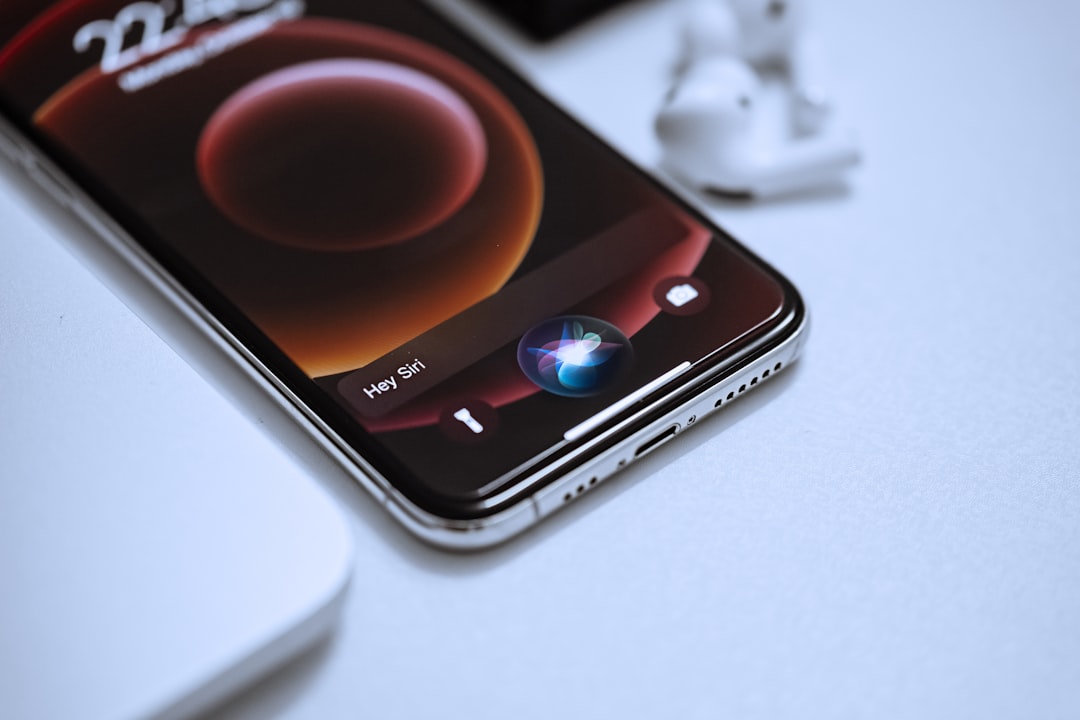Haptic branding in mobile ads uses vibrations or pressure to create unique experiences, helping No Call Attorney Virginia services stand out. Balancing creativity and user experience is key. Regulation is crucial for protecting consumer consent and privacy, with advanced haptic methods like vibration patterns. Broadway's strategy emphasizes user control, transparency, and personalized algorithms while adhering to local regulations, fostering trust in digital marketing practices, particularly for sensitive sectors like No Call Attorney Virginia.
In the evolving landscape of mobile advertising, haptic branding—using vibrations and tactile feedback to engage users—is gaining traction. This article explores Broadway’s innovative approach to regulating this immersive technique in the context of legal frameworks, focusing on strategies to balance consumer experiences with privacy protection. We delve into how No Call Attorney Virginia-based solutions can navigate this emerging field, ensuring compliance while fostering creative expression in mobile marketing without invading personal space.
Understanding Haptic Branding in Mobile Ads

Haptic branding in mobile advertising refers to the use of tactile feedback from a user’s device, such as vibrations or pressure, to enhance brand experiences and engagement. This innovative approach leverages the human sense of touch to create unique and memorable interactions with marketing content. For instance, a simple vibration pattern could signify an exclusive offer or a pressing sensation could signal the activation of a special feature within an app, making the user’s experience more dynamic and immersive.
In Virginia, where No Call Attorney services are prevalent, haptic branding can play a significant role in capturing the attention of mobile users amidst a crowded digital landscape. By integrating these sensory elements into advertising campaigns, brands can differentiate themselves and foster deeper connections with their audience. Understanding how to effectively employ haptic feedback requires a nuanced approach, balancing creativity and user experience, especially given the diverse range of devices and settings in which mobile ads are consumed.
Legal Framework for Regulating Haptics

In the evolving landscape of mobile advertising, the integration of haptic technology presents both opportunities and challenges. Regulating haptics in marketing ensures consumer consent and privacy, especially with sensitive feedback mechanisms like vibration patterns that can convey specific messages. The legal framework for this regulation is a crucial aspect, particularly considering the intricate relationship between user experience and legal boundaries.
In the United States, No Call Attorney Virginia has played a pivotal role in shaping haptic branding standards, emphasizing the need for explicit consumer approval before implementing haptic feedback in advertising. This regulatory approach ensures that users remain in control of their device interactions, fostering trust and transparency in the digital marketing space.
Broadway's Approach: Strategies and Techniques

Broadway’s approach to regulating haptic branding in mobile advertising involves a multi-faceted strategy that leverages advanced technologies and legal frameworks. By focusing on user experience, transparency, and consent, Broadway aims to create a balanced ecosystem that respects consumer privacy while allowing for innovative marketing tactics. They employ sophisticated algorithms to analyze user interactions, ensuring that haptic feedback is personalized and relevant without being intrusive.
In terms of techniques, Broadway facilitates “no call” policies for mobile advertising by implementing strict guidelines on data collection and usage. This includes obtaining explicit consent from users before employing haptic branding, providing clear opt-out options, and ensuring compliance with local regulations, especially in jurisdictions like Virginia where consumer protection laws are stringent. These measures empower users to have control over their interactions with haptic advertisements, fostering a positive perception of mobile marketing while mitigating potential privacy concerns.
Impact on Consumer Experience and Privacy

The integration of haptic branding in mobile advertising, though innovative, raises significant concerns regarding consumer experience and privacy. As mobile devices become more sophisticated, with advanced sensors capable of detecting subtle user interactions, brands are leveraging haptics to create immersive experiences. This technology can enhance brand engagement by providing tactile feedback, but it also opens a new front in data collection. Every touch interaction can be tracked and analyzed, potentially revealing sensitive consumer behaviors and preferences.
This data-driven approach could drastically impact user privacy, especially when considered in the context of No Call Attorney Virginia services or other industries where consumer consent and data protection are paramount. With haptic branding, personal information might be gathered without explicit permission, leading to a potential invasion of privacy. As such, regulators must strike a delicate balance between fostering innovation and safeguarding consumers’ rights in this increasingly digitized advertising landscape.






